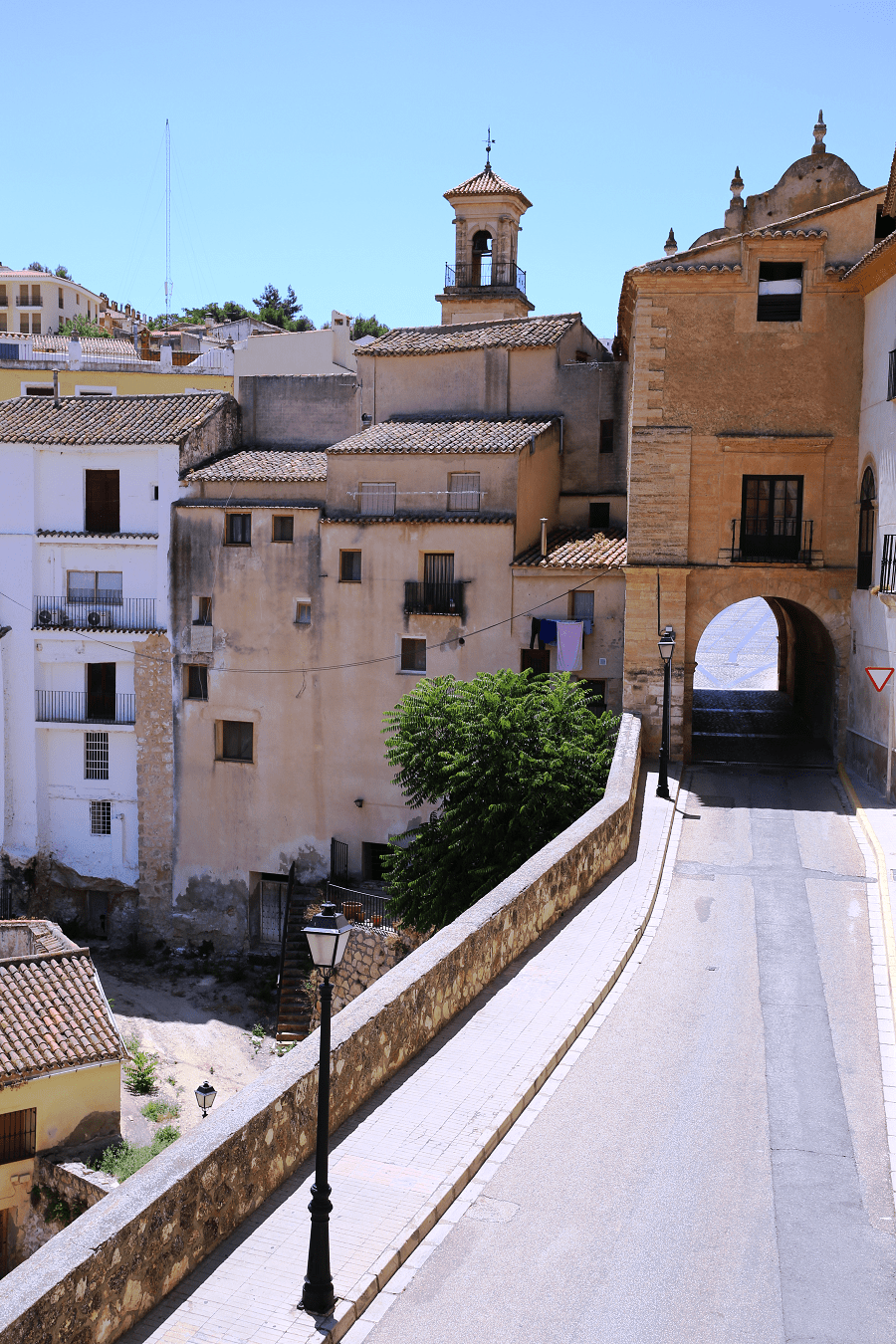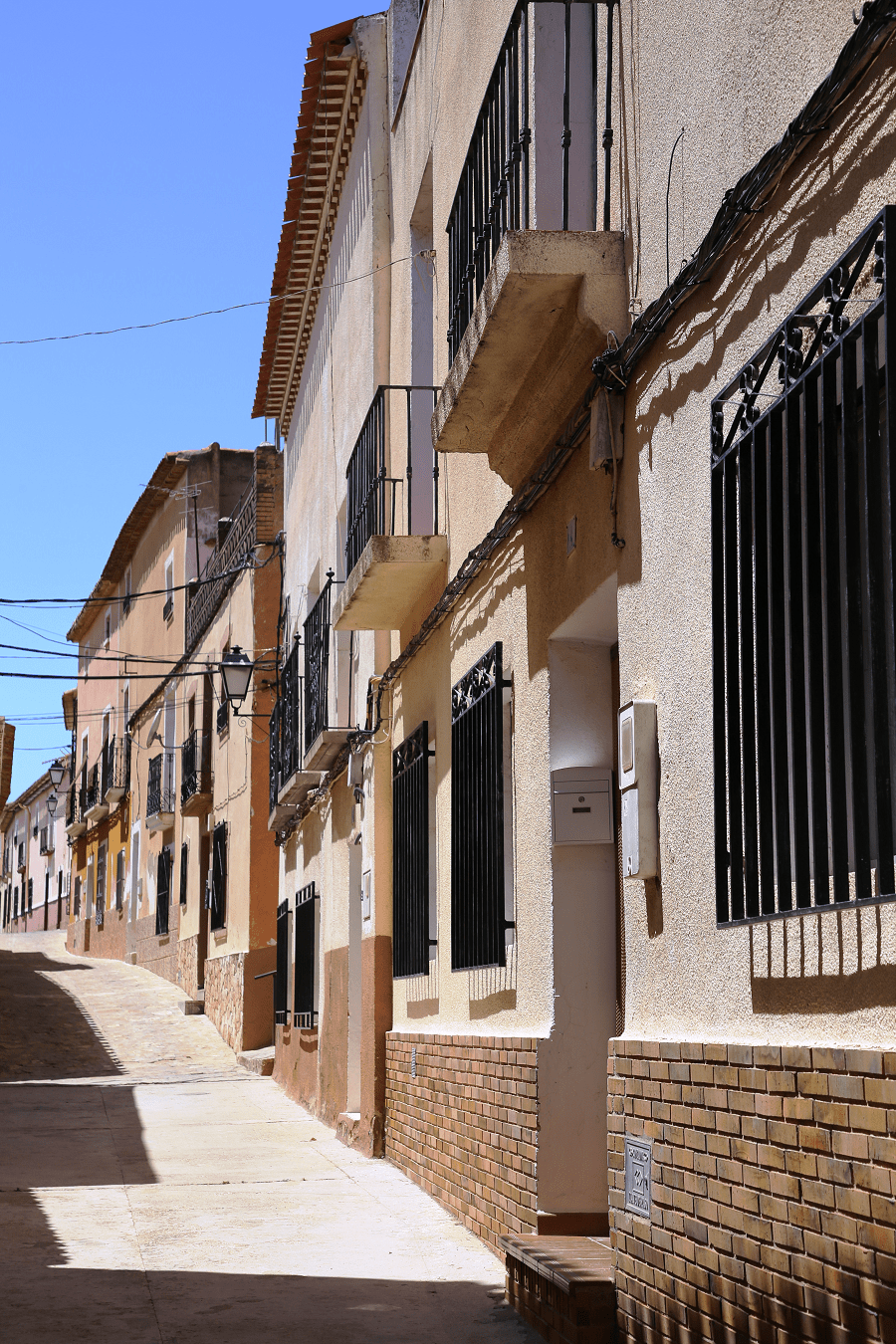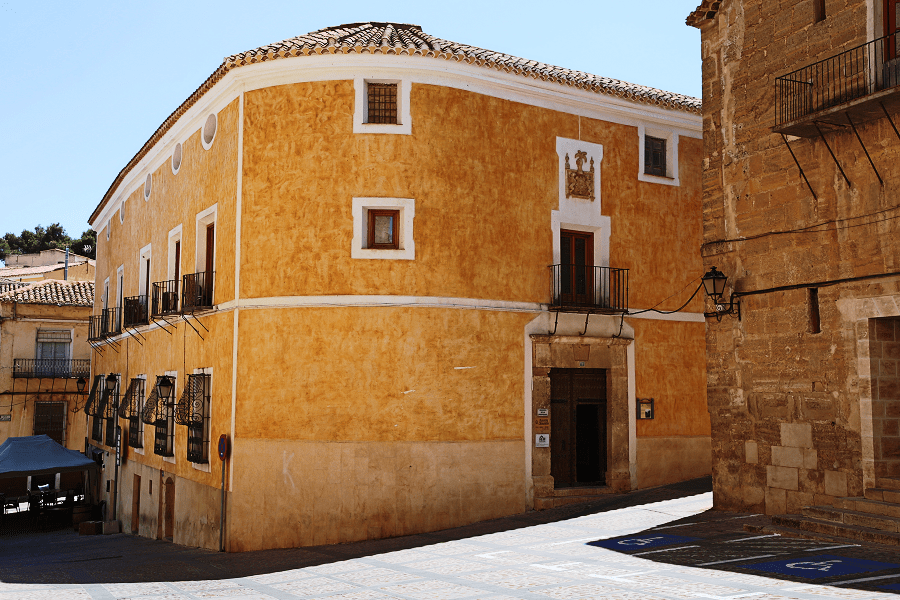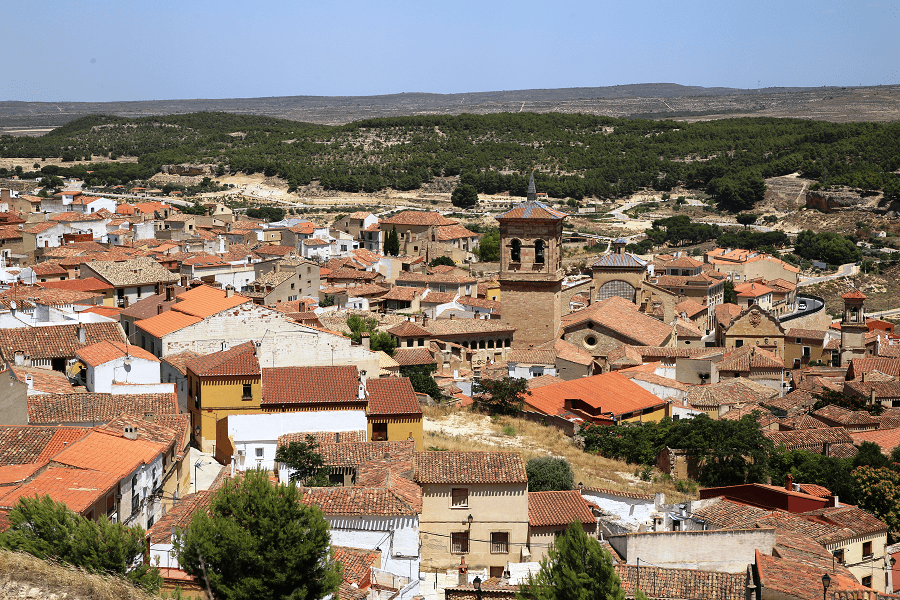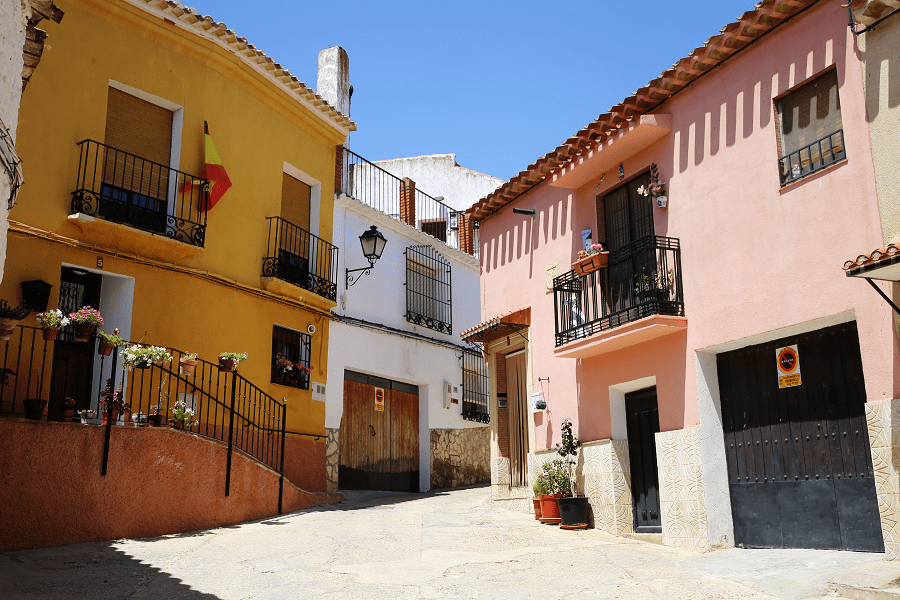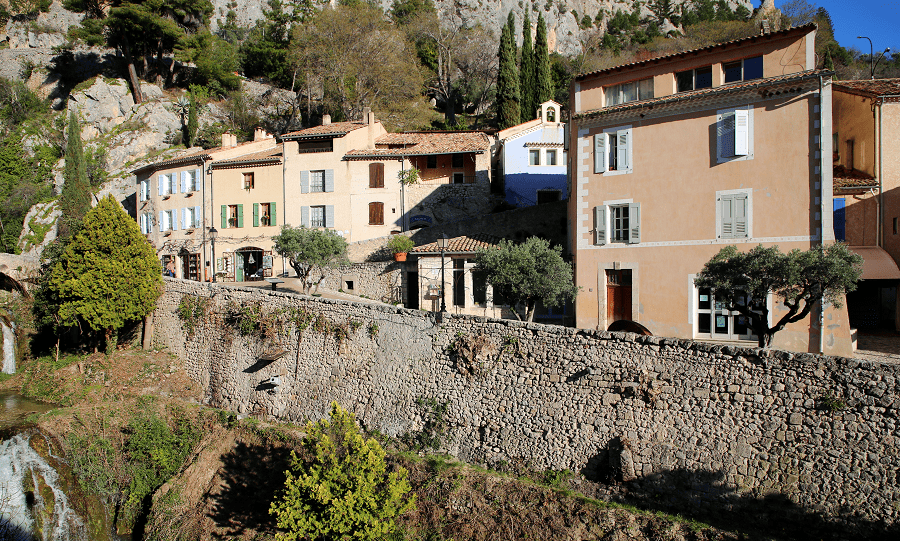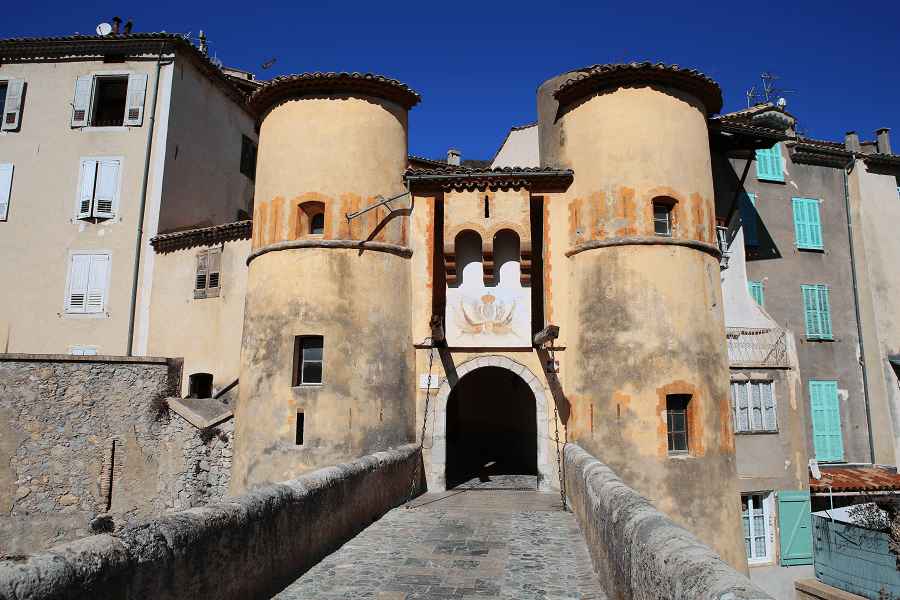Chinchilla de Montearagón or Chinchilla de Monte-Aragón, or simply Chinchilla (Arabic: جنجالة), is a municipality in the province of Albacete in Castile-La Mancha, Spain.
The medieval city is located on the San Blas hill, 897 meters above sea level, from whose summit the La Mancha plain dominates. It is related to the capital of Albacete since its origins.
Declared a Historic-Artistic Site, its great monumental wealth includes monuments such as the castle, the wall, the church of Santa María del Salvador, the Santo Domingo convent, the National Ceramic Museum, the town hall or the caves and Arab baths. Other tourist attractions are its Holy Week, dating from 1586, the prestigious City of Chinchilla Classical Theater Festival or “Los Wednesdays”.
Main attractions
The center of the city is the Plaza Mayor, which houses the town hall, built between the 16th and 18th centuries presided over by the bust of Carlos III, the archpriest church of Santa María del Salvador, built between the 15th and 18th centuries and the Clock Tower.
- Main Square
- Town Hall
- Archpriest Church of Santa María del Salvador. Inside is the 14th century image of the Virgen de las Nieves, patron saint of the city. Although it currently has a Baroque interior, with superimposed plasterwork, its beginnings are in the early years of the 14th century, although the successive reforms it has undergone have turned it into an amalgam of styles, from Gothic-Mudejar, to 18th-century neoclassicism.
- Museum of Sacred Art of Chinchilla de Montearagón
- Castle (of Arab origin), symbol of the city. It is an ancient Iberian and later Roman site, later occupied by the Visigoths. From the Arab influence, various defensive elements remained in the fortified enclosure, such as the elbow entrances.
- Arab walls
- Santo Domingo convent
- Church of Santa Ana
- Cuevas del Agujero and Caves of Patios Altos
- Jewish-Arab baths. They were declared on December 12, 2002, Asset of Cultural Interest, with the category of Monument. Currently they cannot be visited
- Museum of Spanish ceramics since 1980, from the collection and field work gathered by the couple Manuel Belmonte Martínez and Carmina Useros Cortés
- Clock tower
- Hermitage of San Antón
- Convent of Santa Ana
- San Julián Hospital
- House of the Tercia
- Patio Barroco de la Notaría (palace of the López de Haro family)
- Barnuevo family palace
How to get to?
From Albacete 23 min (17.3 km) via A-31
From Toledo 2 hr 32 min (271 km) via CM-42
From Madrid 2 hr 43 min (274 km) via A-3 and A-31
Main information
Area: 680 sq. km (municipality)
Coordinates: 38°55′11″N 1°43′35″W
Population: 4 205
Languages: Spanish
Currency: Euro
Visa: Schengen
Time: Central European UTC +1






